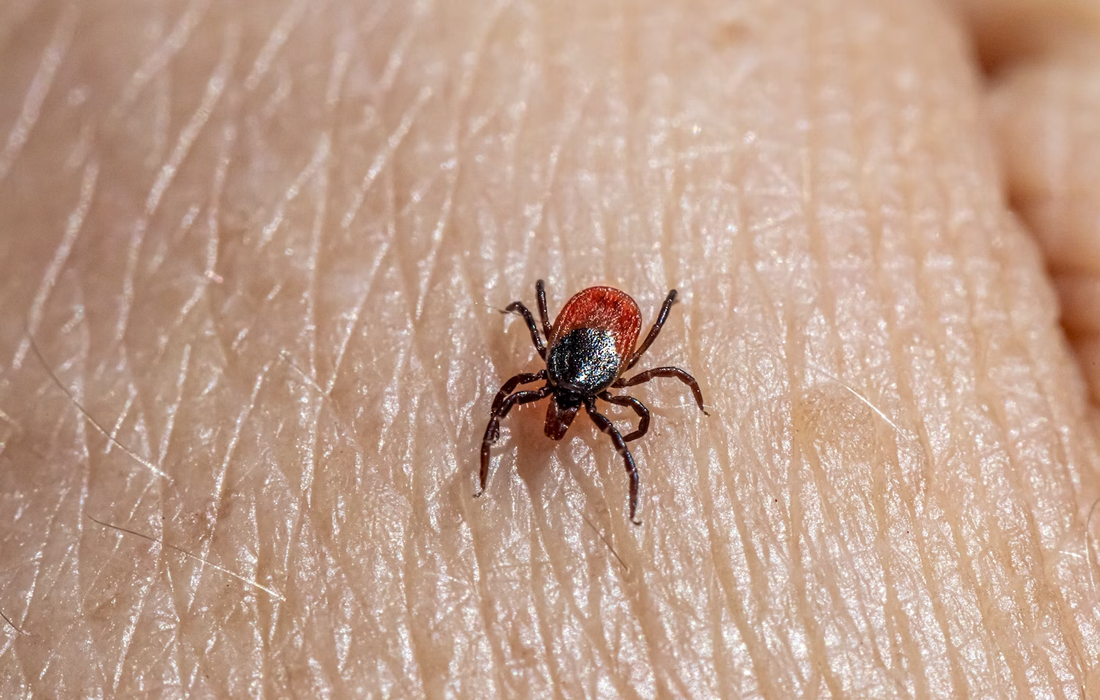Regenerative Medicine News and General Information
Treating Lyme Disease
Scientists at Tufts University School of Medicine have developed a genome-scale metabolic model or “subway map” of key metabolic activities of the bacterium that causes Lyme disease. Using this map, they have successfully identified two compounds that selectively target routes only used by Lyme disease to infect a host. Their research was published October 19 in the journal mSystems.
While neither medication is a viable treatment for Lyme because they have numerous side effects, the successful use of the computational “subway map” to predict drug targets and possible existing treatments demonstrates that it may be possible to develop micro-substances that only block Lyme disease while leaving other helpful bacteria untouched.
Genome-scale metabolic models (GEMs) collect all known metabolic information on a biological system, including the genes, enzymes, metabolites, and other information. These models use big data and machine learning to help scientists understand molecular mechanisms, make predictions, and identify new processes that might be previously unknown and even counter-intuitive to known biological processes.
Currently, Lyme disease is treated with broad-spectrum antibiotics that kill the Lyme bacterium Borrelia burgdorferi, but simultaneously also kill a wide range of the other bacteria that inhabit a host’s microbiome and perform many helpful functions.
Some people with chronic Lyme symptoms or recurring Lyme disease take antibiotics for years, although it is against medical guidelines and there is no proof that it works.
The two compounds identified using the “subway map” computational model are an anticancer drug with significant side effects that make it impractical to use in treating Lyme, and an asthma medication taken off the market because of its side effects. Both drugs identified by the model were tested in the lab and found to successfully kill Lyme bacteria — and only Lyme — in culture.
Use of the computational model — which Gwynne and collaborators developed during COVID when they couldn’t work onsite in the lab — has the potential to enable scientists to skip some painstaking basic science steps and lead to swifter testing and development of more targeted treatments.
Gwynne and Hu are conducting other research to determine whether people with chronic Lyme symptoms are still infected or are suffering from an immune malfunction that creates chronic symptoms.
Sources:
Peter J. Gwynne, Kee-Lee K. Stocks, Elysse S. Karozichian, Aarya Pandit, Linden T. Hu. Metabolic modeling predicts unique drug targets in Borrelia burgdorferi. mSystems, 2023; DOI: 10.1128/msystems.00835-23
Tufts University. (2023, October 19). New ‘subway map’ of Lyme disease pathways identifies potential new treatment targets. ScienceDaily. Retrieved October 20, 2023 from www.sciencedaily.com/releases/2023/10/231019111225.htm
Image from: https://unsplash.com/photos/a-close-up-of-a-tick-laying-on-someones-arm-i-18KsTkkYg

